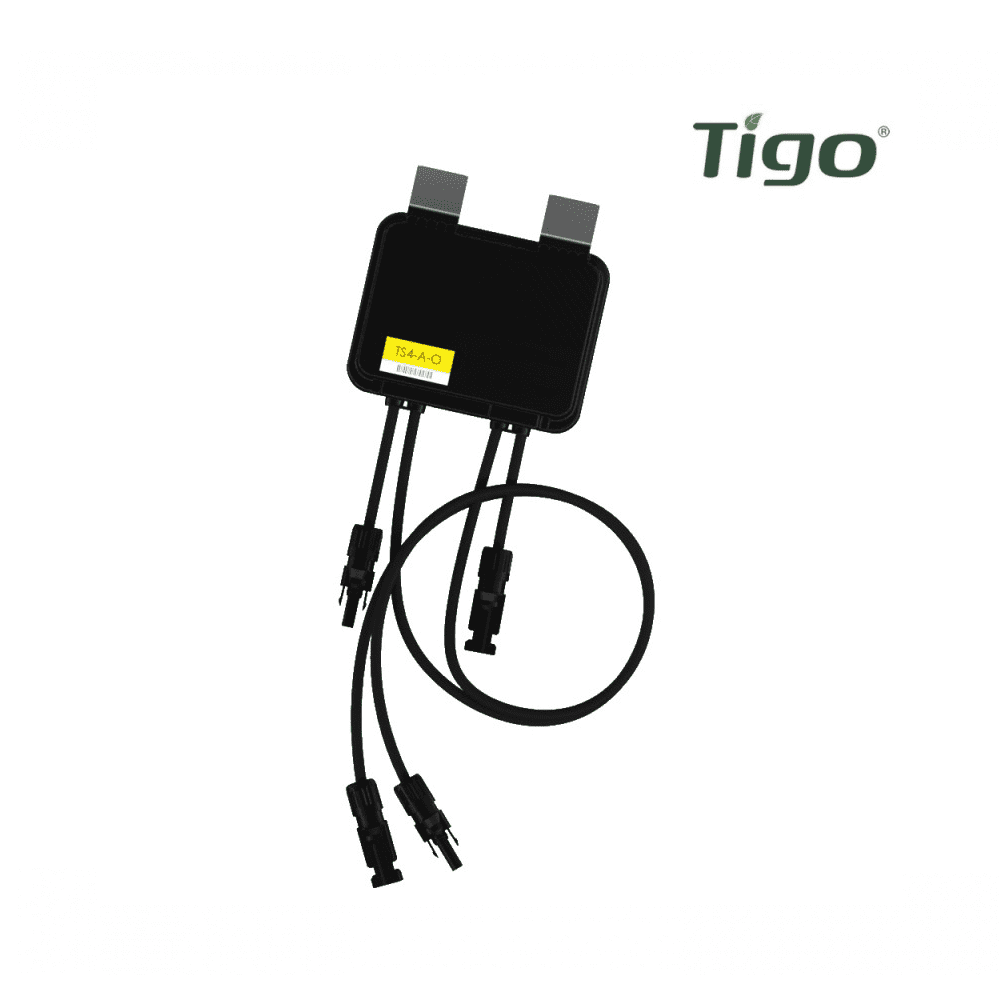
We are not sold on these solar panel Optimisers so our view may be a little negative. They are somewhat a buck converter and there are various reviews and tests world wide that don’t really set them apart. With the development of solar panels, are they relevant at all?
Let us dig into this subject.
What are byPass diodes?
Bypass diodes are devices that are wired in parallel with individual solar cells or panels, to provide a current path around them in the event that a cell or panel becomes faulty or open-circuited. This use of bypass diodes allows a series (called a string) of connected cells or panels to continue supplying power at a reduced voltage rather than no power at all.
Bypass diodes are connected in reverse bias between a solar cell’s (or panel’s) positive and negative output terminals and have no effect on its output. Ideally, there would be one bypass diode for each solar cell, but this can be rather expensive, so generally one diode is used per small group of series cells.
Bypass diodes are used to reduce the power loss that solar panels experience due to shading. When a solar panel has cells that are partially shaded, the current is forced through the low voltage shaded cells. This causes the solar panel to heat up and have some power loss. Bypass diodes allow the current to flow around the shaded cells, thus reducing the heating and power loss.
Shading
Shading is a common problem that reduces the energy efficiency and output of solar panels by blocking sunlight. Shading can come from various sources, such as trees, buildings, chimneys, or even bird droppings. Shading can have both direct and indirect effects on solar panel performance. The direct effect is the loss of power due to reduced irradiance or sunlight reaching the panel. The indirect effect is the loss of power due to the reduced current flow through the entire string of panels connected in series, if one or more panels are shaded. This is because the shaded panel acts like a bottleneck that limits the current of the whole string.
There are some technologies and techniques that can help mitigate the effects of shading on solar PV systems, such as:
Bypass diodes: These are devices that are wired in parallel with individual solar cells or panels, to provide a current path around them in the event that a cell or panel becomes faulty or open-circuited. This way, the unshaded cells or panels can still operate at their own optimal power output.
Optimisers: These are devices that attach to the junction box of each solar panel and optimise its performance individually. They can sense and adjust the voltage and current of each panel to maximise its power output and minimise losses. They also provide module-level monitoring and diagnostics to detect and troubleshoot any issues.
Micro-inverters: These are devices that convert the DC electricity generated by each of your solar panels into AC electricity that can be used in the household. Unlike a central inverter that connects to the whole array of panels, micro-inverters allow each panel to operate independently and avoid the effects of shading on the rest of the system.
Check out these videos on the subject. I tend to follow the first two and I has seen the test results, but how the last video “got power” and “good results” … well jury is still out.
Tigo optimisers are not always optimal for solar output. According to a Danish study, tigo optimisers can reduce the overall solar output of an unshaded solar array, as they introduce additional losses in the system due to their own power consumption and conversion inefficiencies.
The study also found that tigo optimisers did not provide any benefit for a solar array that received shade from a single thick wooden pole, as the bypass diodes in the solar panels were sufficient to handle the shading.
Apparently they work…clearly the company claims are disputed.
If you want to buy – check out our shops Tigo Optimiser

One response
It has arrived!
So I have been looking at the “tigo” and its issues and problems – there are alot!
So it would seem that you buy the optimiser, but to see it working you need to buy more and subscribe!
From the vague information it would seem that the TAP is a decoder and wifi hub. to stop people seeing there data they have encrypted the device/data hence why a TAP is required to “decode”. but with the wifi, this needs to be near to the array.
The next buy-in is the CCA – A router. this device facilitates the data communication with their server. and connection with the TAP ( decoded data).
What they appear to have done, is made the buck converter with wifi, then encrypted the data, which then requires a decoder. They have added some function to this for rapid shutdown ( wifi switch) And the decoded data is sent back to the router, which I would assume is a SMB that has a pass code to connect to their server.. basically a security key and ID.
it does seem like a hap hazard way of doing it, but I can see the poor logic in doing it how they have. I’m sure any company with cash flow issues would do the same.
I shall fit it blindly in the next few days and will be monitoring the system to see if its any good…
now we are talking worth £200+ due to the buy in that many people would want to have. Now dont forget they are in competition with a 10 pence diode, and micro inverters…